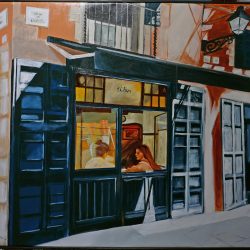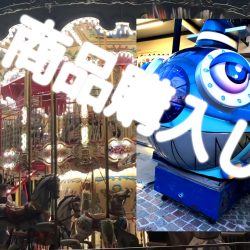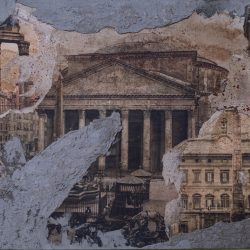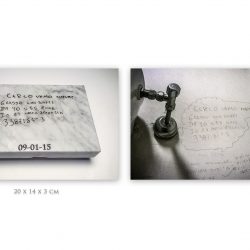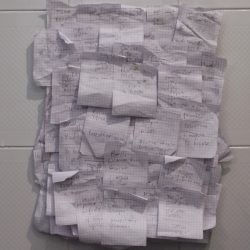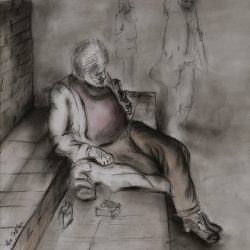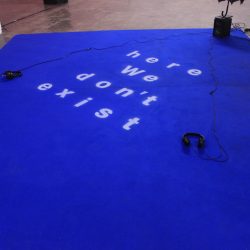work
Per sempre alla luce
| category | Video |
| subject | Political / Social |
| tags | |
| minutes | 4 |
| seconds | 3 |
| year | 2020 |
Per sempre alla luce
2020
Video installation 4.03 m
“Per sempre alla luce” is a video made in my grandfather’s living room. The gramophone, belonging to my maternal great-grandfather, reproduces the 78 rpm record with the song “Faccetta nera”, fascist song that refers to the war in Ethiopia with particularattention to the slavery of the Abyssinian population. The track is later accompanied by Bella ciao, a popular song that is the symbol “par excellence” of the partisan revolt. The two songs battle andtry to prevail over each other. While the song Faccetta nera comes from an ancient object, the Bella ciao song comes from something that cannot be seen, from the present, from everyday life and from the reality that surrounds us.
The voice of the partisans, who saved and liberated our country from the Nazi-Fascist occupation, ends up overpowering and silencing the fascist chant. The title of the work is represented bythe last two verses of a poem that Giuseppe Ungaretti dedicated to the dead of the Resistance. It is a tribute to the victims who chose to close their eyes to the light and welcome the darkness of death, so that one day we could see the light again, but the light of a life lived in freedom.
2020
Video installation 4.03 m
“Per sempre alla luce” is a video made in my grandfather’s living room. The gramophone, belonging to my maternal great-grandfather, reproduces the 78 rpm record with the song “Faccetta nera”, fascist song that refers to the war in Ethiopia with particularattention to the slavery of the Abyssinian population. The track is later accompanied by Bella ciao, a popular song that is the symbol “par excellence” of the partisan revolt. The two songs battle andtry to prevail over each other. While the song Faccetta nera comes from an ancient object, the Bella ciao song comes from something that cannot be seen, from the present, from everyday life and from the reality that surrounds us.
The voice of the partisans, who saved and liberated our country from the Nazi-Fascist occupation, ends up overpowering and silencing the fascist chant. The title of the work is represented bythe last two verses of a poem that Giuseppe Ungaretti dedicated to the dead of the Resistance. It is a tribute to the victims who chose to close their eyes to the light and welcome the darkness of death, so that one day we could see the light again, but the light of a life lived in freedom.






